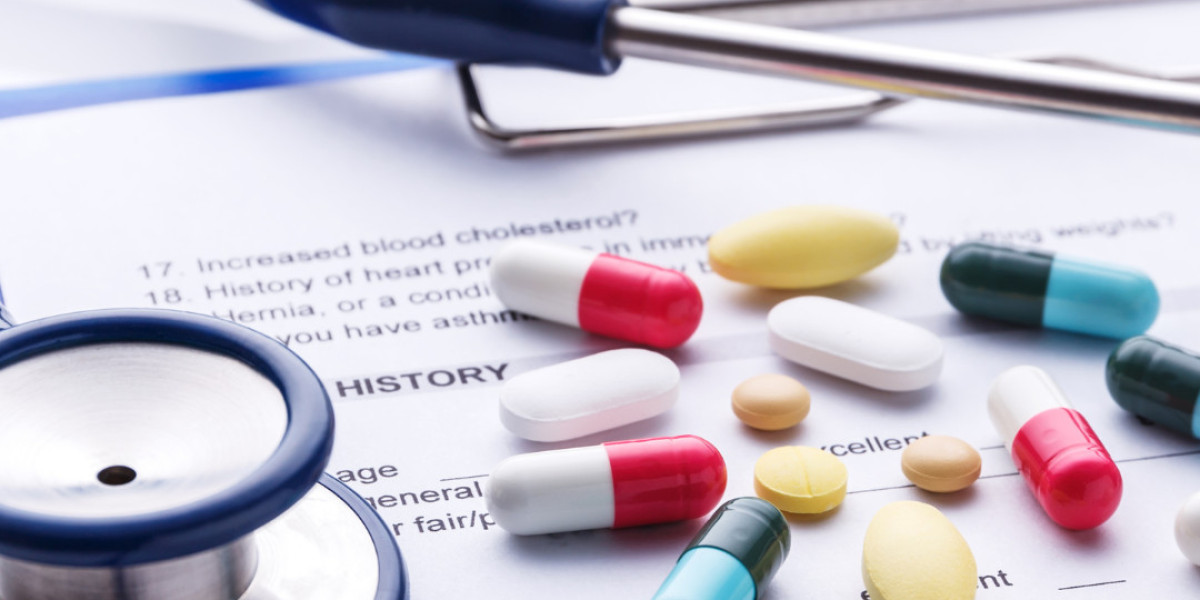Introduction:
In the intricate world of pharmaceuticals, the journey from discovery to delivery is a meticulously orchestrated process. Behind every pill, injection, or medicinal product lies years of research, development, and manufacturing.
In this blog, we'll delve into the fascinating realm of pharmaceutical development and manufacturing, exploring the key stages, challenges, and innovations that drive this vital industry forward.
Understanding the Pharmaceutical Development Lifecycle:
Pharmaceutical development begins with the identification of a potential drug candidate, often through extensive research and experimentation. Once a promising compound is discovered, it undergoes preclinical testing to evaluate its safety and efficacy in animal models. This phase is crucial for determining whether the compound has the potential to progress to human trials.
Clinical trials are the next milestone in the development process. Divided into phases, these trials involve testing the drug candidate in human volunteers to assess its safety, dosage, and effectiveness. From Phase I, where the focus is on safety and dosage, to Phase III, where large-scale trials are conducted to confirm efficacy and monitor side effects, each stage plays a vital role in gathering the data necessary for regulatory approval.
Regulatory Approval and Manufacturing: Following successful clinical trials, the drug candidate must obtain regulatory approval from health authorities such as the FDA (Food and Drug Administration) in the United States or the EMA (European Medicines Agency) in Europe. This process involves submitting comprehensive data on the drug's safety, efficacy, and manufacturing process, as well as undergoing rigorous inspections to ensure compliance with quality standards.
Once regulatory approval is obtained, the focus shifts to manufacturing. Pharmaceutical manufacturing involves complex processes to produce consistent, high-quality products at scale. From sourcing raw materials to formulation, packaging, and distribution, every step must adhere to stringent quality control measures to ensure product safety and efficacy.
Challenges and Innovations in Pharmaceutical Development: The pharmaceutical industry faces a myriad of challenges, from increasing regulatory requirements to the rising cost and complexity of drug development. However, these challenges have also spurred innovation, driving the development of new technologies and methodologies to streamline processes and improve efficiency.
One such innovation is the rise of biopharmaceuticals, which are drugs derived from biological sources such as proteins, antibodies, or nucleic acids. Biopharmaceuticals offer promising new treatment options for a range of diseases, but their complex manufacturing processes present unique challenges for developers.
Additionally, advances in digital technology, artificial intelligence, and machine learning are revolutionizing drug discovery and development. These technologies enable researchers to analyze vast amounts of data, identify potential drug targets, and optimize drug candidates more rapidly than ever before.
Conclusion:
Pharmaceutical development and manufacturing are intricate processes that require collaboration, innovation, and meticulous attention to detail. From the initial stages of drug discovery to the final product reaching the hands of patients, every step plays a crucial role in bringing life-saving treatments to market.
As the pharmaceutical industry continues to evolve, embracing new technologies and methodologies will be essential to meet the growing demands for innovative therapies and ensure the safety and efficacy of medical treatments for years to come.



